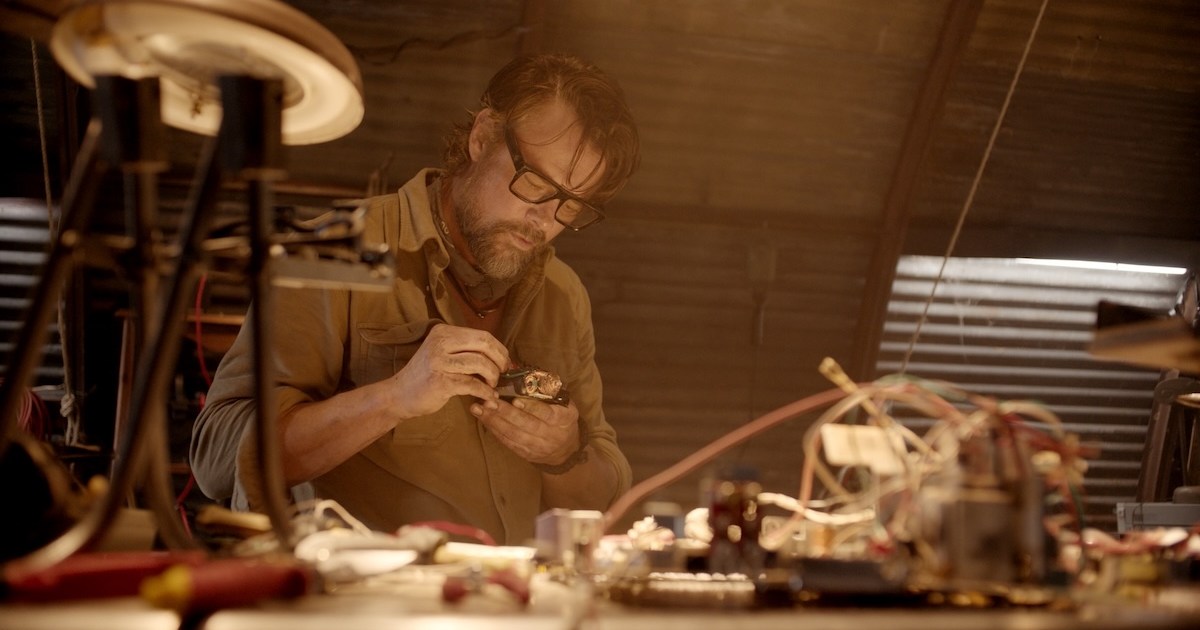Is film-making on a budget of 10,000 dollars in Canada really possible? Not only is it happening – it is booming. In Provinces, moviemakers with nothing but their determination, stolen equipment, and an ambitious idea in mind are creating movies that even massive studios would shy away. Well, the thing is that even though these low-budgeted movies may look like they are simply hanging on, they are, in fact, the head of a new generation of film festivals in the country. And in 2025 you cannot afford to ignore them.
What Defines a $10K Film in Canada?
Having a 10K film is not all about money it is about choice. The movies are filmed on a razor-thin budget, whereby every dollar is important. The majority of them are funded with loaned equipment, volunteer labor and out of pocket cash. The goal? Write without effusion & tell a plain-dealing story.
The money usually breaks down like this:
- $3,000–$4,000: Equipment (camera rental, mics, lighting)
- $2,000–$3,000: Cast and crew stipends or meals
- $1,000–$2,000: Post-production (editing software, sound)
- $500–$1,000: Festival fees, publicity, and travel
What sets these films apart is their intentional limitation. Filmmakers know the cost cap forces creativity. Many choose single locations, small casts, and shorter shoot times. It’s not about cutting corners – it’s about cutting clutter.
The Rise of the $10K Film Festival Circuit
Up until a few years ago, low-cost Canadian movies could hardly find their place. This is however changing rapidly. In the future, we even get more festivals such as the Canadian Microbudget Film Festival (Toronto) or Cinema Below Zero (Winnipeg) – places where the small-budget film success can be popularised.
What then is the reason, why now? To begin with, new makers are being driven by a shift in the short film funding model by Telefilm Canada to do it on their own. Second, audiences are bored with glossy blockbusters and seek to see stories that seem authentic, timely and close to home. This is what it is that microbudget festivals are providing – minus the racket.
Who Are the People Behind These Films?
Amazingly, they are not only film school graduates. Most of them are auto-didacts who can resort to YouTube, online cinematography clubs, and learning by doing. There are first timers who started in small towns and there are veterans who have exchanged million dollar sets with freedom and voice.
The case of a past set decorator in Vancouver named Annie Luo can be taken. In a 2024 film Cutaway, she took her friends and her own apartment to shoot, which cost her $9,200 to produce. It received nominations in three regional festivals in which it was acclaimed as being raw-emotional. These are the filmmakers redefining the notions of success in Canadian film – and in a lot of cases, they are pursuing cult cinema in Canadian film.
How These Films Get Made With So Little
Making a $10K film isn’t easy – but it’s possible, thanks to smart tools and community help.
Tech that makes it happen:
- DSLR and mirrorless cameras like Canon EOS R or Sony A6400
- Free editing platforms like DaVinci Resolve
- Lavalier mics under $200
Support that fills the gaps:
- Bartering with other artists for score, script editing, or VFX
- Film co-ops like Main Film (Montréal) or CSIF (Calgary)
- Local grants focused on BIPOC, LGBTQIA+, and rural creators
This isn’t just about saving money. It’s about control – making films on your own terms.
What Success Looks Like in This Circuit
These films don’t chase box office hits – they chase connection. A successful $10K film might not be streamed on Crave, but it might pack out a local library screening or generate 100,000 views on a niche YouTube channel.
Key markers of success:
- Selection or awards at microbudget-focused festivals
- Local media coverage and audience feedback
- Invitations to labs, mentorships, or future funding rounds
In 2025, many festivals now offer dedicated low-budget categories, recognising impact beyond financial scale.
Summary: Why $10K Films Are More Than a Trend
$10K films aren’t just a budget solution. They’re a creative uprising. They allow people without gatekeepers to speak clearly and directly to their audiences. These films reflect regional truths, cultural specifics, and new voices that might otherwise go unheard.
With community support, fresh festival circuits, and the right tools, this movement isn’t a niche – it’s a shift. One that’s not only growing but demanding space in Canada’s film future. If you’re looking for what’s next in Canadian cinema, don’t look to the big screen. Look to the bold creators doing more with far less.




